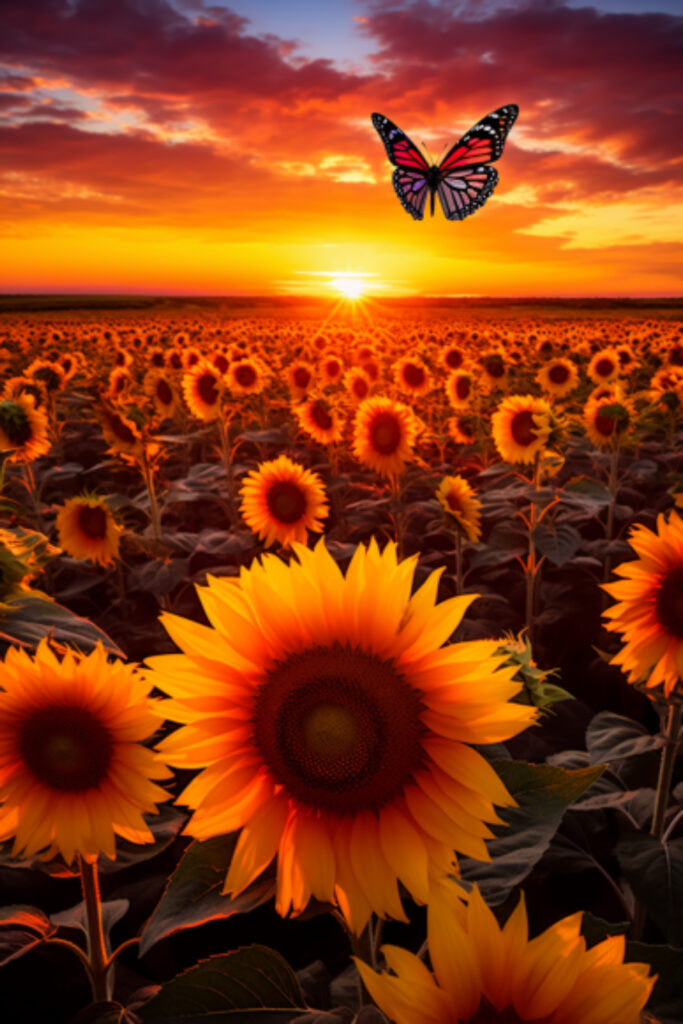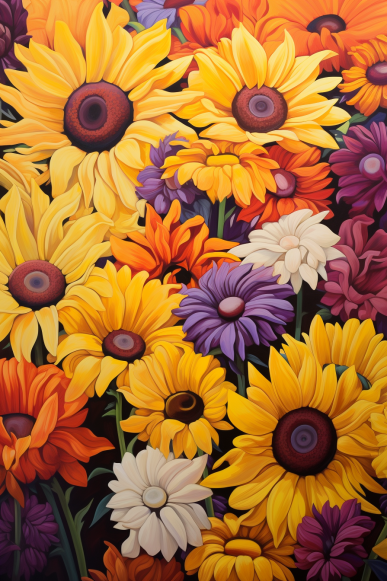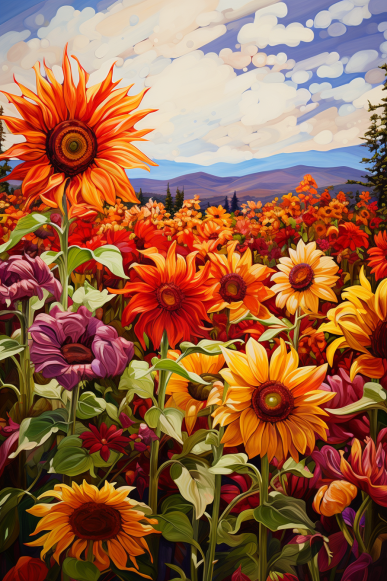Sunflower Fun Facts and Trivia
“Sunflower Fun Facts: Discover the fascinating world of these vibrant blooms and their surprising secrets!”
14 Surprising Facts About Sunflowers (Helianthus annuus)
- Sunflower Is Not a Single Flower – It may seem that they are a single flower however actually consist of thousands of little flowers called, Ray Florets.
- Sunflowers Pollination – Sunflowers are known for attracting important pollinators such as bees and butterflies to gardens.
- Sunflowers Can Be Gigantic – They range in all sizes ranging from Micro(1 foot), Dwarf (1-3 ft), Medium (3-5 ft), Tall ( 5-10 ft), and Giant where they can reach up to 30 ft tall which is a world record as the tallest sunflower recorded at just over 30ft.
- Cosmetics and Skincare – Sunflower oil is a common ingredient in cosmetics and skin care products due to its moisturizing and antioxidant properties.
- They’re Heliotropic – Which means they follow the sun from East to West, Sunrise to Sunset.
- Sunflowers Are Native to the Americas – Native Americans have used them for 3,000 years for their oil and seeds for nutritional and medicinal purposes.
- Edible Sunflowers Aren’t Just for Seeds – Sunflower leaves and roots are edible and rich in nutrients, including protein, healthy fats, and vitamin E, making them a valuable addition to any diet.
- Sunflowers Are Used to Clean Contaminated Soil – by absorbing and storing contaminated substances of toxins and metals in their tissues.
- Biodiesel Production – Sunflower oil can be used to produce biodiesel, an alternative and renewable fuel source.
- Livestock Feed – Sunflower meal, a byproduct of oil extraction, is used as a protein-rich feed for livestock, including poultry, cattle, and swine.
- Symbol of Sun-Worship – Cultural and spiritual significance, Sun Gods
- They’re Used to Make Purple Dye – Using boiling extraction to make a purple dye for clothing and textiles.
- Wildlife Habitat – Sunflowers provide food and shelter for various wildlife species. Birds, in particular, are attracted to sunflower seeds, making them a valuable addition to bird feeders.
- Sunflower Oil is Healthy – Sunflower oil is low in saturated fats and high in vitamin E
- Sunflower in Space – A microgravity experiment in 2012 showed the first sunflower to bloom in space.
Sunflowers Of Many Colors
Sunflowers come in a wide variety of colors most common are yellow and orange, However, there are actually 9 color varieties.
Color varieties can be found in any region although yellow is the most popular. Colored varieties are becoming the newest trend.
- Yellow – Most common with bright yellow petals and a dark brown or black center.
- Orange – Can range from a pale orange to a deep, vibrant shade.
- Red – Less common, varies in shade from light red to deep burgundy.
- Bi-Color – Come in a combination of yellow and red, or yellow and orange petals.
- Mahogany – Rich brown or mahogany-colored petals. Beautiful contrasting colors.
- Cream or White – Less common, used as a subtle and delicate look in floral arrangements and gardens.
- Multi Color – These can include combinations of red, orange, yellow, and even brown often with streaks or patterns in the petals.
- Green – Unique and somewhat rare these create a twist to any floral arrangement or garden display.
- Purple – Although less common the petals range from light lavender to deep purple hues.
Colors and varieties look stunning in a vase.
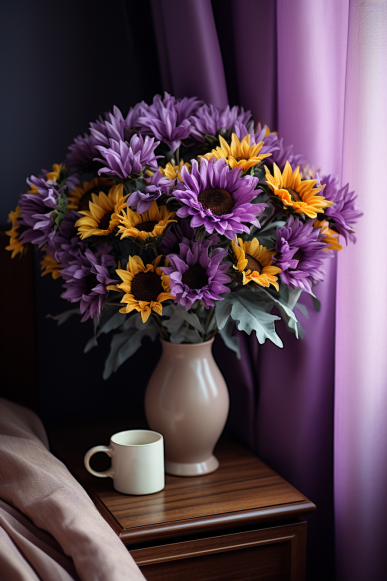
Where Do Sunflowers Grow Best?
Sunflowers grow well in many regions however some factors allow for sunflower perfection such as:
- Sunflowers require at least 6-8 hours of sunlight per day.
- They grow best in areas with a frost-free growing season of about 90 to 100 days. Hardiness Zones 4-10
- Although they do well in many soil types, they thrive in well-draining soil with a pH level between 6.0 and 7.5.
- A good spacing is between 6″ and 36 inches apart depending on the variety.
- Early growth stages keep soil moist however once established they are somewhat drought tolerant. Regular watering but do not saturate.
- Best to grow them up against a wall or fence for wind protection. Staking taller varieties may be needed for extra strength.
- Regular inspection and pest management to look for diseases, aphids, and birds that may create damage to the sunflowers.
- Marigolds are a great garden companion to help deter harmful insects.
Sunflower Popularity
Many people grow sunflowers for their vibrant and cheerful appearance. Sunflowers make excellent cut flowers and are commonly used in floral arrangements.
Russia and Ukraine produce the highest production of sunflowers, however, with all the turmoil in those countries it is no longer a travel destination at this time. 🙁
Sunflower Travel and Destinations:
Picturesque Sunflower Fields of Provence in Southern France
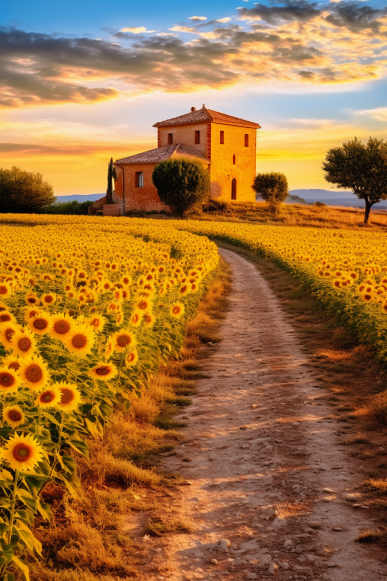
Val d’Orcia region Of Tuscany, Italy
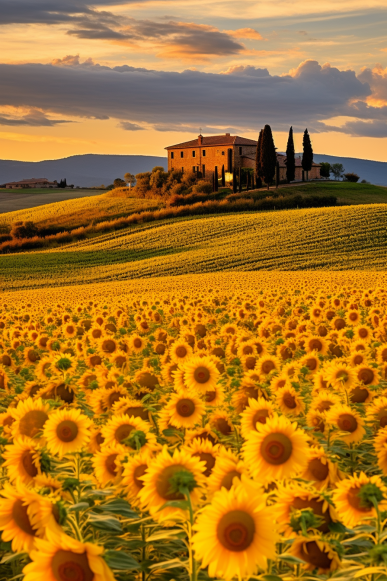
Andalucía, Southern Spain
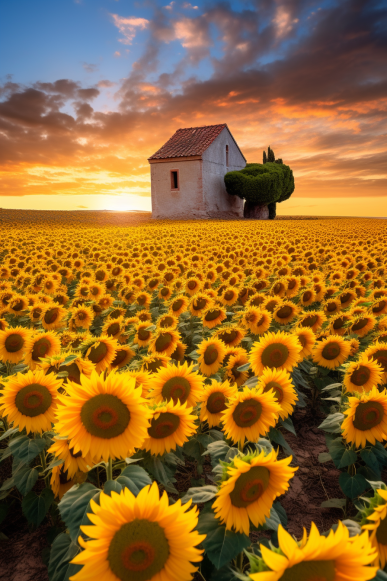
South Dakota, USA
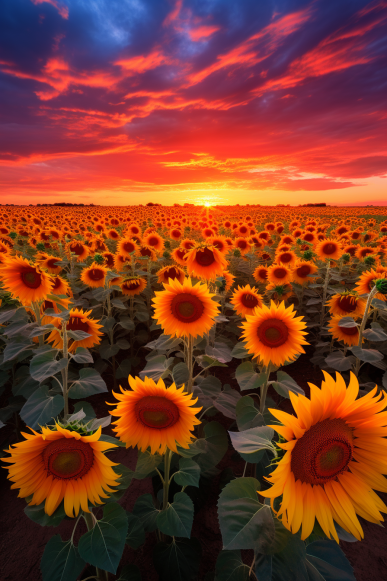
Tuscany, Texas, USA
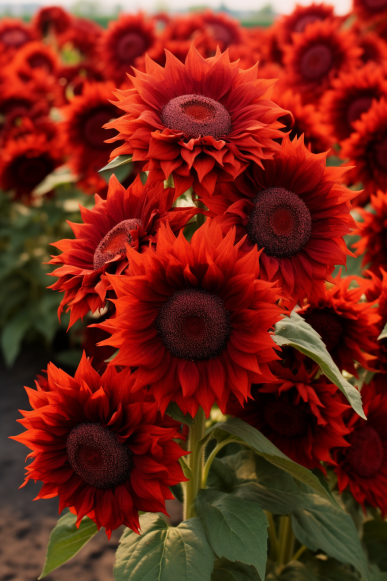
Toowoomba, Australia
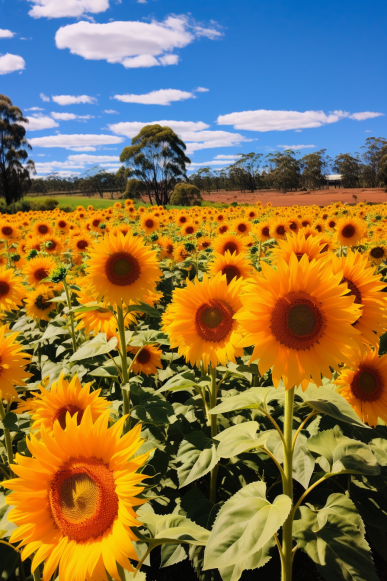
Hokuryu, Japan
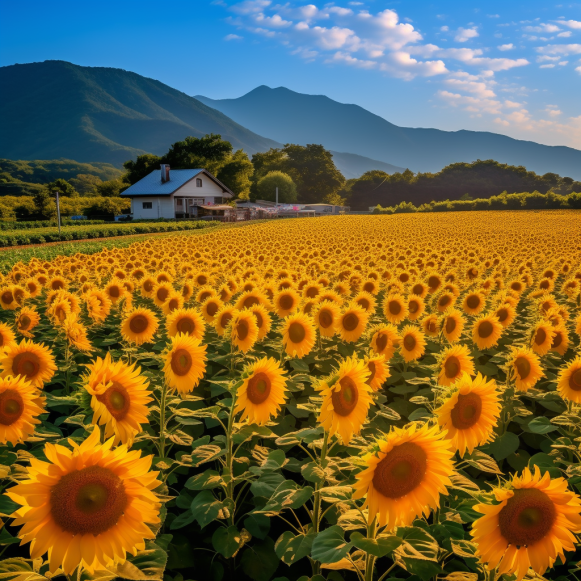
Lopburi, Thailand
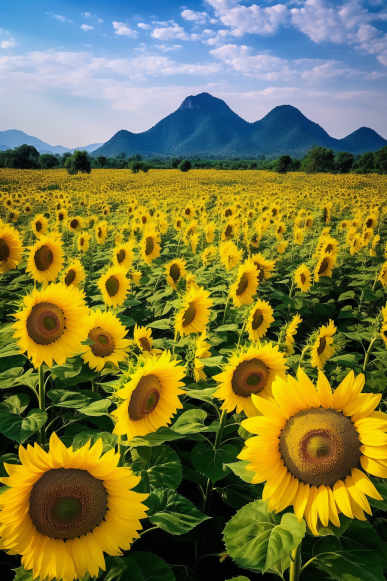
Northumberland, United Kingdom
Chernobyl Exclusion Zone, Ukraine
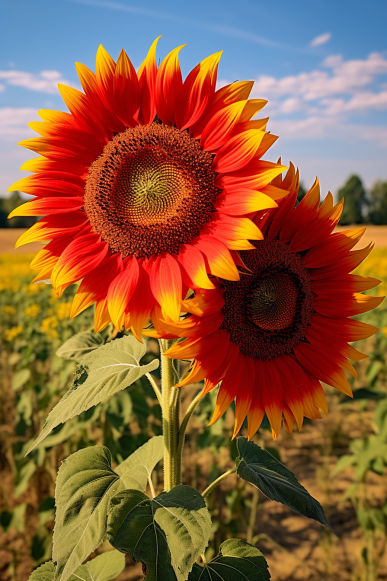
British Columbia, Canada
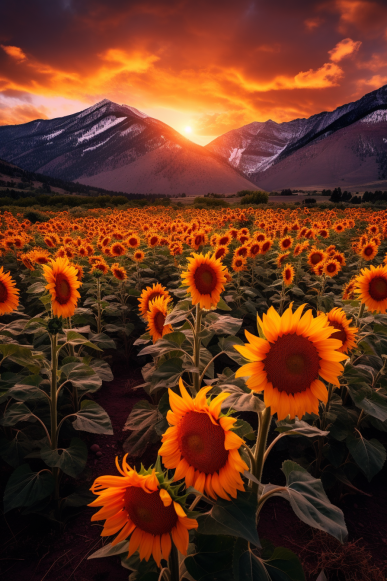
Amazon.ca has a great selection of sunflower seeds to start your own beautiful colorful garden display.
Trivia Test:
Hint: The answers are throughout the post.
- What is the scientific name for the common sunflower?
- In which country did sunflowers originate?
- What is the phenomenon called when young sunflowers track the movement of the sun across the sky?
- What is the world record height for the tallest sunflower ever grown?
- Sunflowers are known for attracting which important pollinators to gardens?
- Which part of the sunflower is edible?
- Sunflowers are known for attracting which important pollinators to gardens?
- Which country is the leading producer?

